What are the Power and Duties of an Indian Air Force Group Captain?

The Indian Air Force (IAF) is a pivotal component of India's defense apparatus, tasked with safeguarding the nation's airspace and contributing to national security through air superiority, strategic operations, and humanitarian missions. Within its hierarchical structure, the rank of Group Captain holds significant responsibility, blending leadership, operational expertise, and administrative oversight.
This article provides a detailed exploration of the powers and duties of an Indian Air Force Group Captain, shedding light on their critical role in ensuring the IAF's operational readiness and effectiveness.
Overview of the Group Captain Rank
The rank of Group Captain in the Indian Air Force is equivalent to a Colonel in the Indian Army and a Captain in the Indian Navy. It is a senior commissioned officer rank, positioned below Air Commodore and above Wing Commander. Group Captains typically serve in leadership roles, commanding units, overseeing operations, or managing critical administrative and strategic functions.

With approximately 15–20 years of service, officers at this rank possess extensive experience, technical expertise, and leadership acumen.
Group Captains operate across various branches of the IAF, including the Flying Branch (pilots), Technical Branch (engineering and maintenance), and Administrative Branch (logistics, accounts, education, etc.). Their duties vary depending on their branch, assignment, and whether they are in operational, administrative, or staff roles. Below, we outline the key powers and duties of a Group Captain in the IAF.
Key Duties of a Group Captain
1. Command of Operational Units
One of the primary roles of a Group Captain is to serve as the Commanding Officer (CO) of an IAF unit, such as a squadron, wing, or radar station. In the Flying Branch, a Group Captain may lead a fighter, transport, or helicopter squadron, overseeing a fleet of aircraft and a team of pilots, engineers, and support staff. Their duties include:
- Operational Readiness: Ensuring the squadron or wing is combat-ready, with aircraft maintained at peak operational standards and personnel trained for missions.
- Mission Planning and Execution: Leading the planning and execution of air operations, including combat missions, reconnaissance, air defense, and transport operations.
- Training and Development: Overseeing the training of pilots and crew, ensuring they meet the IAF’s rigorous standards for operational proficiency.
-
Unit Discipline and Morale: Maintaining discipline, fostering teamwork, and ensuring high morale among personnel under their command.
For example, a Group Captain commanding a fighter squadron equipped with aircraft like the Sukhoi Su-30 MKI or Rafale would be responsible for ensuring the unit’s readiness for air defense, strike missions, or joint exercises with other forces.
2. Administrative and Staff Roles
Group Captains often serve in staff roles at Air Headquarters, regional commands, or other administrative postings. In these capacities, they contribute to policy formulation, resource allocation, and strategic planning. Their duties include:
- Policy and Planning: Assisting in the development of operational strategies, procurement plans, and modernization initiatives for the IAF.
- Resource Management: Overseeing budgets, logistics, and infrastructure development for air bases or units.
- Liaison and Coordination: Acting as a liaison between the IAF and other branches of the armed forces, government agencies, or international partners during joint operations or defense collaborations.
-
Personnel Management: Handling promotions, postings, and welfare initiatives for personnel under their purview.
For instance, a Group Captain in the Administrative Branch might serve as a Director at Air Headquarters, managing logistics, personnel records, or educational programs for IAF personnel.
3. Leadership in Air Bases
Group Captains may be appointed as Station Commanders of smaller air bases or key officers in larger bases. In such roles, they are responsible for:
- Base Operations: Overseeing all activities at the airbase, including flight operations, maintenance, security, and administration.
- Infrastructure Management: Ensuring the upkeep of runways, hangars, radar systems, and other critical infrastructure.
- Coordination with Civil Authorities: Collaborating with local civilian authorities for disaster response, airfield security, or community welfare programs.
- Crisis Management: Leading the base during emergencies, such as natural disasters or heightened security threats.
4. Training and Mentorship
Group Captains play a pivotal role in shaping the next generation of IAF officers. They may serve as instructors or commandants at training institutions like the Air Force Academy (AFA) or Flying Training Schools. Their responsibilities include:
- Pilot Training: Overseeing the training of cadet pilots, ensuring they develop the skills needed for operational roles.
- Leadership Development: Mentoring junior officers and fostering leadership qualities through guidance and example.
- Curriculum Development: Contributing to the design of training modules that align with modern warfare requirements and technological advancements.
5. Operational Roles in Combat and Peacekeeping
During active conflicts or peacekeeping missions, Group Captains may lead missions or serve in strategic roles. Their duties include:
- Combat Leadership: Leading air operations in conflict zones, such as during border skirmishes or counter-terrorism operations.
- Coordination with Other Forces: Working with the Army, Navy, or international air forces in joint operations or multinational exercises.
-
Humanitarian Missions: Leading airlift operations for disaster relief, medical evacuations, or supply drops in affected areas.
For example, during the 2019 Balakot airstrike, Group Captains would have played critical roles in planning and executing the mission, ensuring precision and operational success.
6. Technical and Maintenance Oversight
In the Technical Branch, Group Captains are responsible for ensuring the airworthiness of aircraft and systems. Their duties include:
- Maintenance Supervision: Overseeing maintenance schedules, repairs, and upgrades of aircraft, radar systems, and weaponry.
- Quality Control: Ensuring compliance with safety and technical standards in all maintenance activities.
- Innovation and Upgrades: Collaborating with defense research organizations like the DRDO (Defence Research and Development Organisation) to integrate new technologies into IAF systems.

Powers of a Group Captain
The powers of a Group Captain are derived from their rank, role, and the authority vested in them by the IAF’s command structure. These powers are exercised within the framework of military law, regulations, and the Air Force Act, 1950. Key powers include:
1. Command Authority
- As a Commanding Officer, a Group Captain has the authority to issue orders to personnel under their command, including pilots, engineers, and administrative staff.
- They can enforce discipline, initiate inquiries, and recommend disciplinary actions for violations of IAF regulations.
- They have decision-making authority over operational matters within their unit, such as mission planning, resource allocation, and task assignments.
2. Administrative Powers
- Group Captains can approve leave, manage postings, and recommend promotions or commendations for personnel under their command.
- They have the authority to manage budgets and resources allocated to their unit or base.
- In staff roles, they can influence policy decisions, procurement plans, and strategic initiatives.
3. Operational Decision-Making
- During missions, Group Captains have the authority to make real-time decisions, such as altering mission plans based on situational demands or coordinating with other units.
- They can authorize the deployment of aircraft or personnel for specific operations, subject to higher command approval.
4. Disciplinary Powers
- Group Captains can convene courts of inquiry to investigate incidents such as accidents, equipment failures, or breaches of discipline.
- They can impose minor punishments or recommend cases for higher disciplinary action under the Air Force Act.
5. Representation and Liaison
- Group Captains represent the IAF in interactions with civilian authorities, other armed forces, or international partners.
- They have the authority to negotiate and coordinate on behalf of the IAF in joint exercises or collaborative projects.
Challenges and Responsibilities
The role of a Group Captain is demanding, requiring a balance of technical expertise, leadership, and strategic thinking. They must navigate challenges such as:
- High-Stakes Decision-Making: Group Captains make decisions that can impact national security, requiring precision and composure under pressure.
- Resource Constraints: Managing limited resources while maintaining operational readiness is a constant challenge.
- Personnel Welfare: Ensuring the well-being of personnel, addressing grievances, and maintaining morale in high-stress environments.
- Technological Advancements: Keeping pace with rapidly evolving aviation and defense technologies, such as unmanned aerial vehicles (UAVs) and cyber warfare systems.
Notable Examples and Contributions
Group Captains have played pivotal roles in India’s military history. For instance:
- During the Kargil War (1999), Group Captains led air operations, coordinating strikes and reconnaissance missions under challenging conditions.
- In humanitarian efforts, such as the 2013 Uttarakhand flood relief, Group Captains oversaw airlift operations, delivering aid and evacuating civilians.
- Group Captain Abhinandan Varthaman, who gained prominence during the 2019 India-Pakistan standoff, exemplified the courage and leadership expected of officers at this rank.
Conclusion
The role of a Group Captain in the Indian Air Force is multifaceted, encompassing operational leadership, administrative oversight, and strategic contributions. With significant powers to command units, manage resources, and influence policy, Group Captains are integral to the IAF’s mission of safeguarding India’s airspace and supporting national security objectives.
Their duties demand a blend of technical proficiency, tactical acumen, and leadership, making them vital cogs in the IAF’s machinery. As the IAF continues to modernize and adapt to new challenges, the role of Group Captains will remain central to its success, embodying the values of excellence, discipline, and service to the nation.
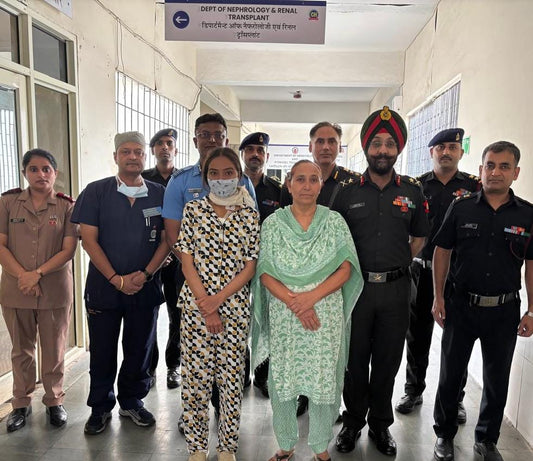
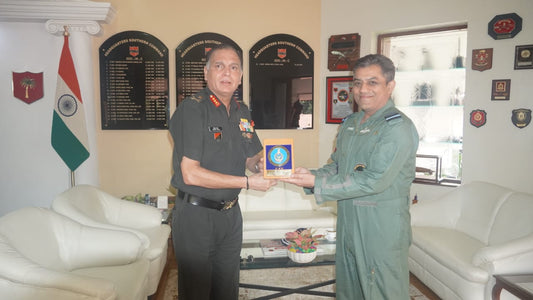
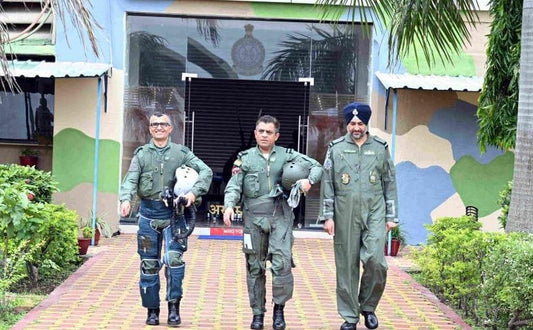
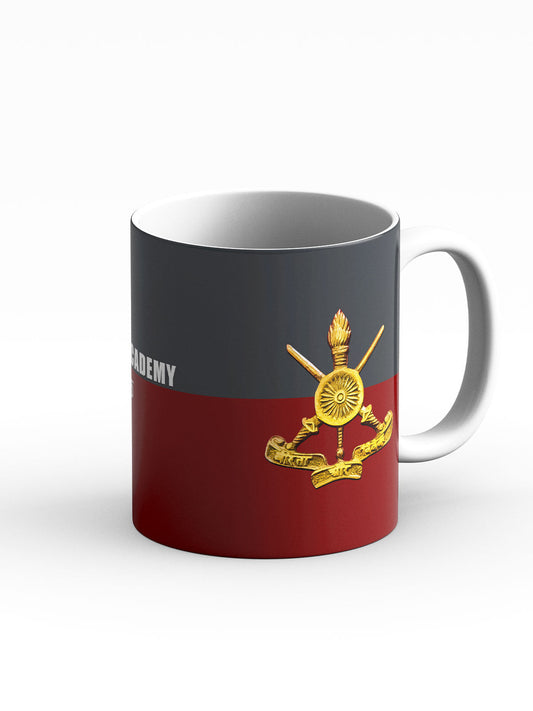
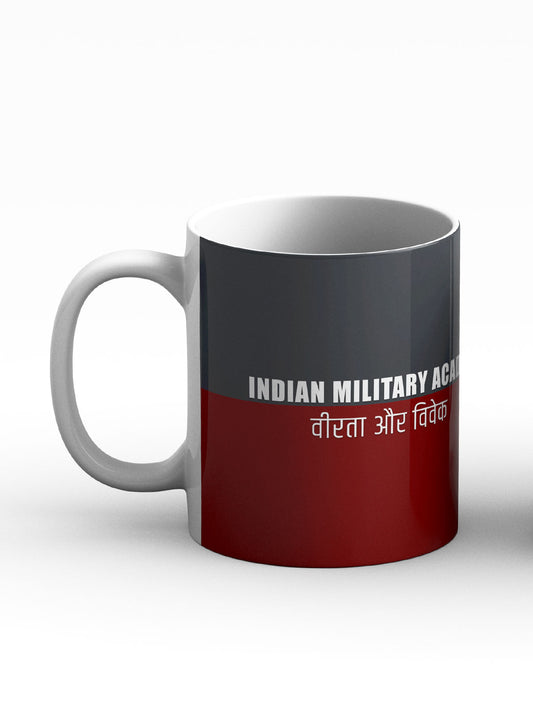
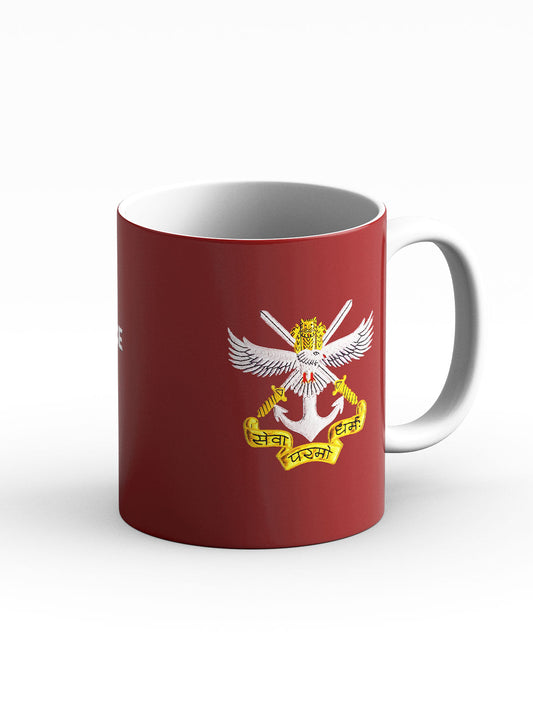
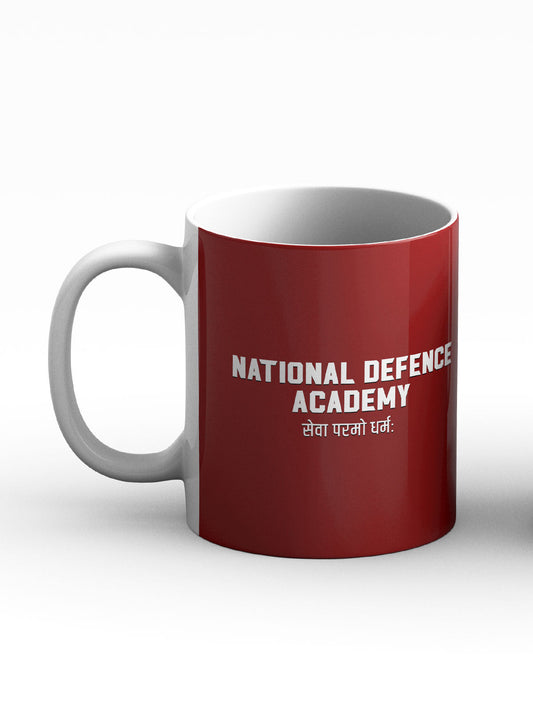
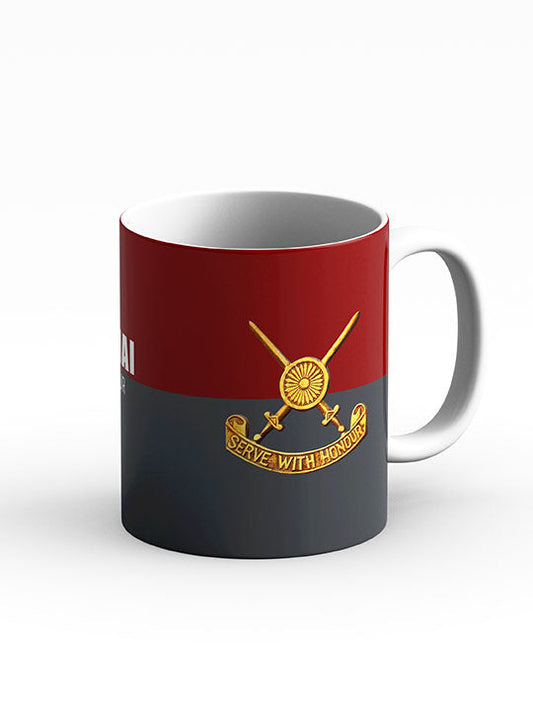
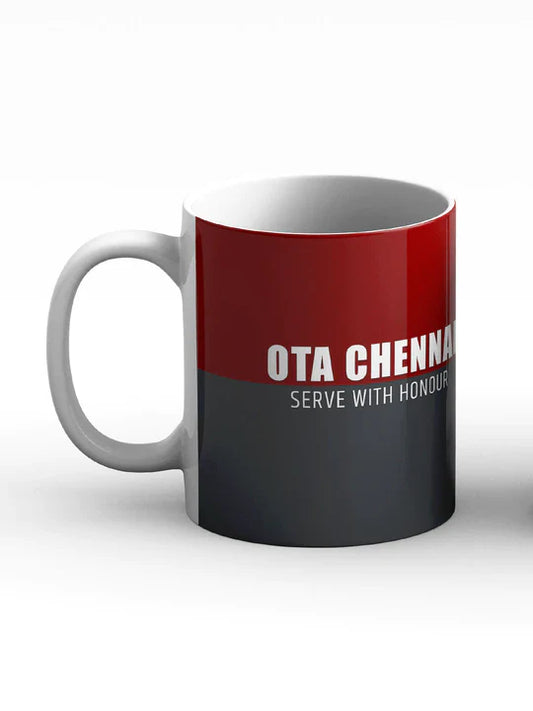
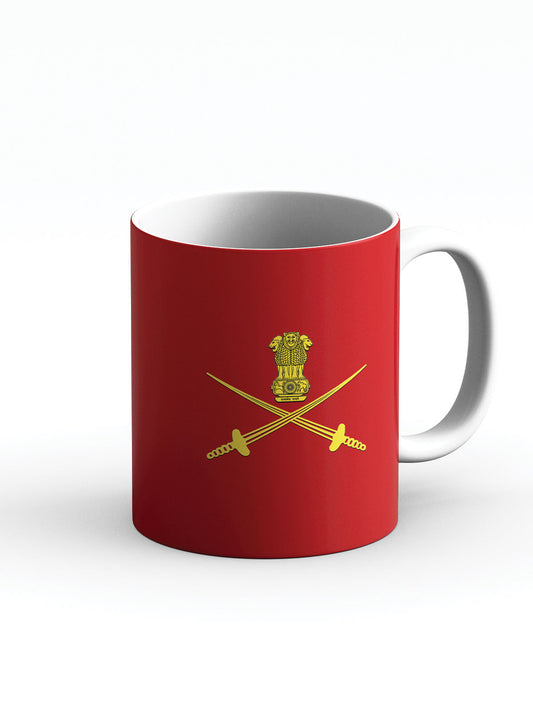
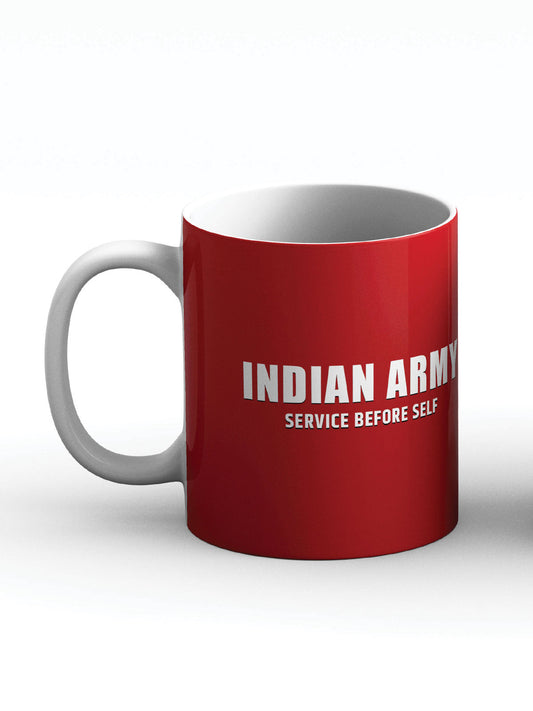
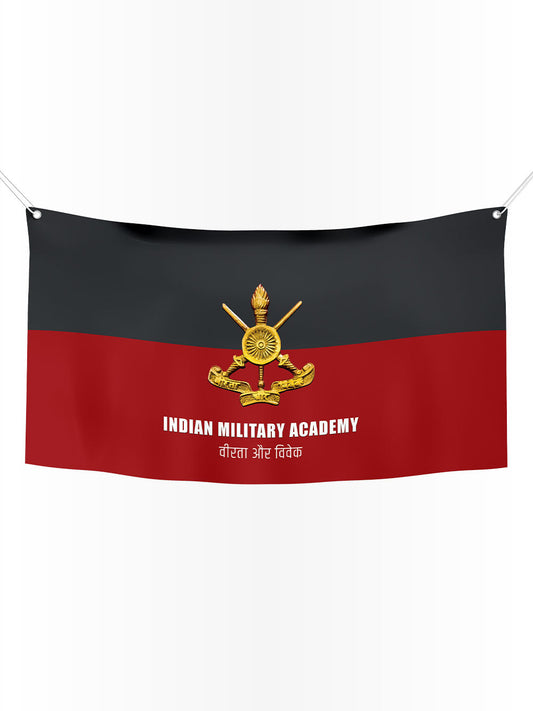
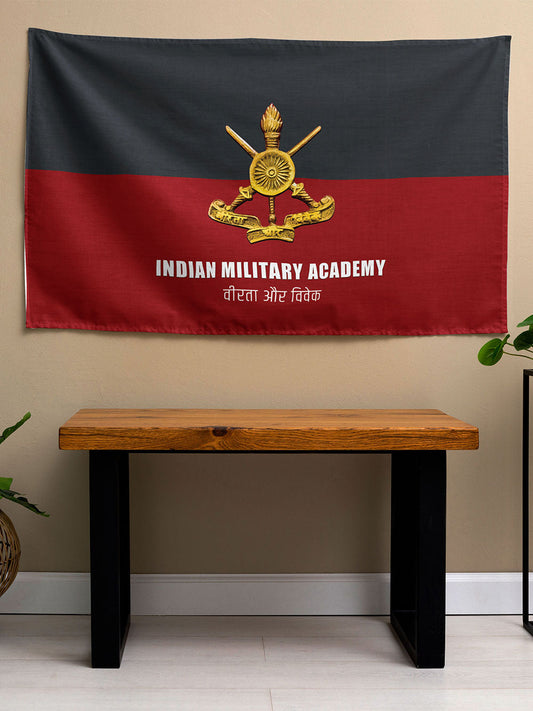
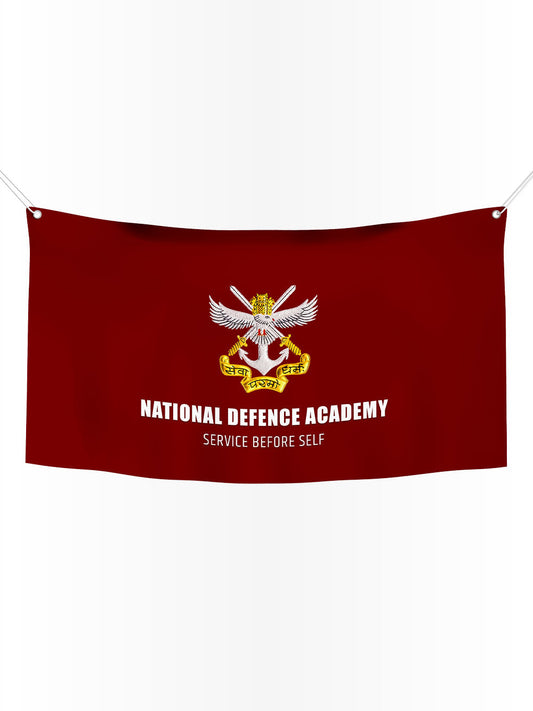

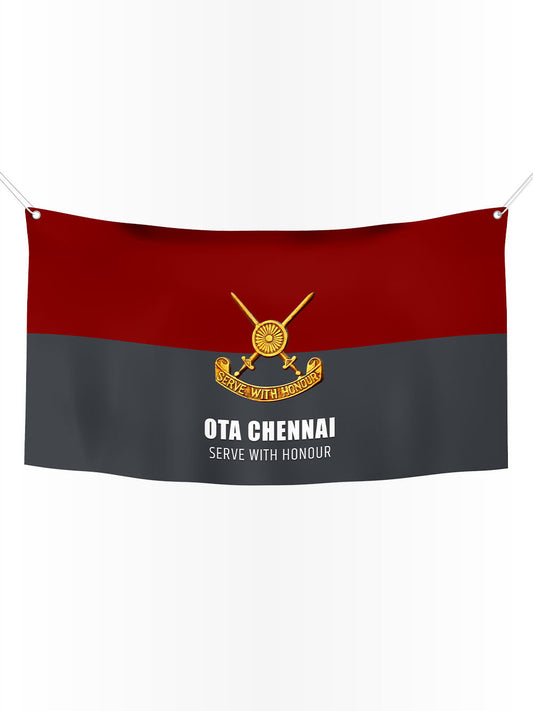
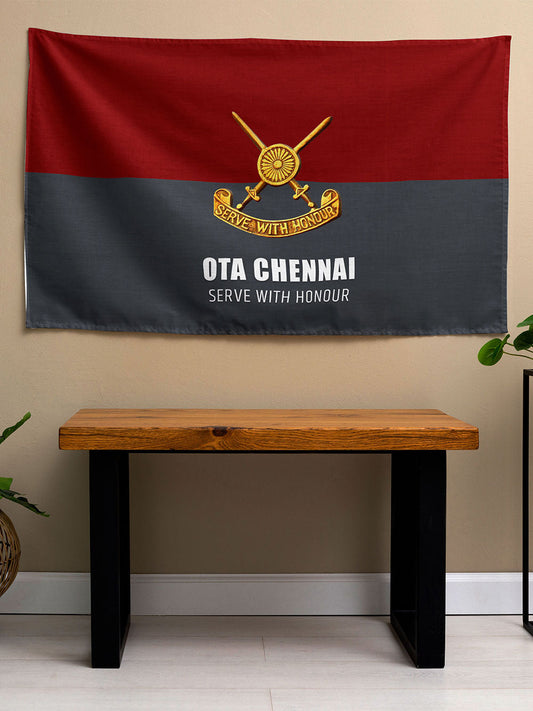
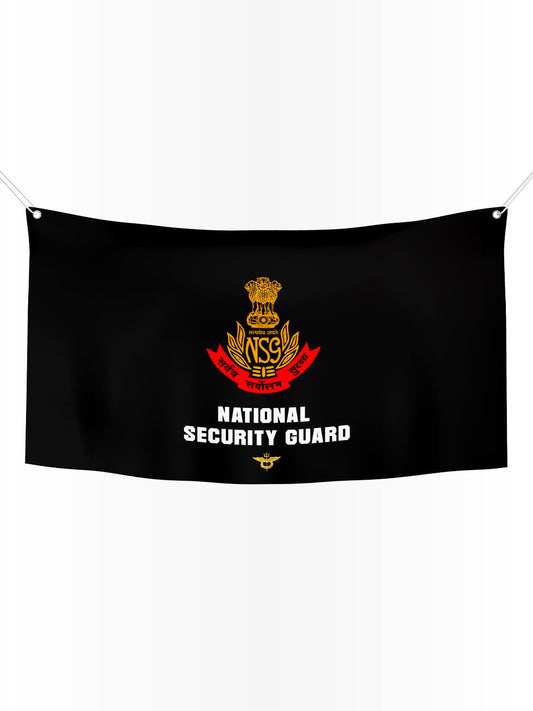
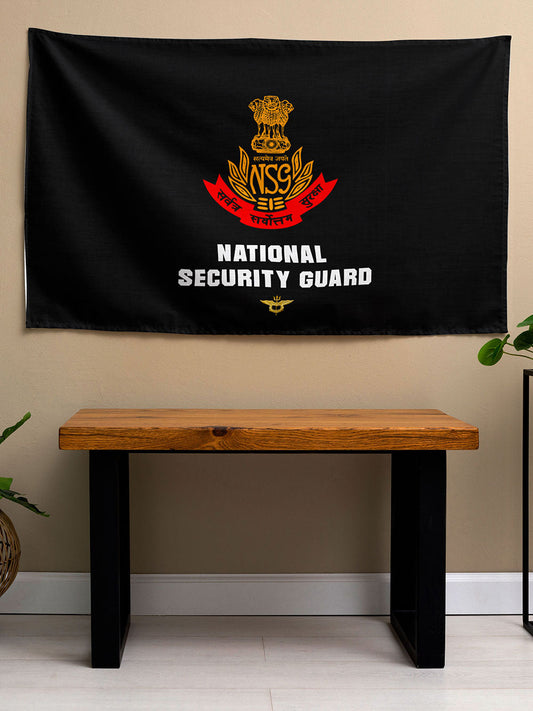

2 comments
In our days gp cpt is all higher officer post
CO .CEO . C AD O ALL r under AOC
SQN CO r all wg cdr